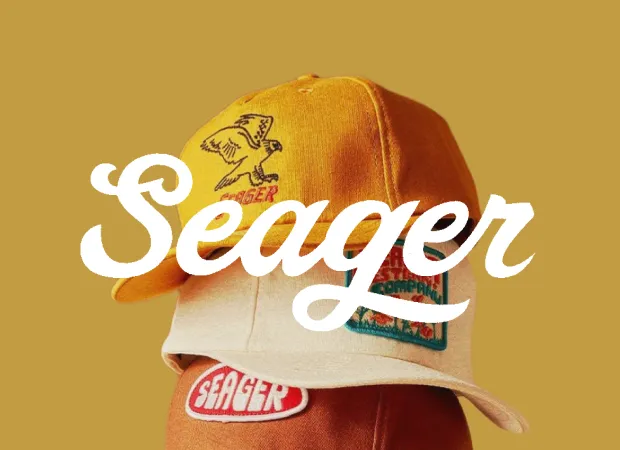
Products
PRODUCTS
Promise
AI-powered delivery date estimates to boost conversion
Secure
NEW
Seamless shipping insurance that resolves issues fast and protects shopper confidence.
Track
Personalized tracking experiences to build brand loyalty
Notify
Proactive communication to drive customer lifetime value
Assist
Delivery claim management to tackle fraud and build trust
Shield
Returns and exchanges management to mitigate fraud and reward best customers
Solutions
WHY NARVAR?
Customers
industries
Resources
resources
featured
Insights
Thought leadership on where retail is headed, including macro trends, global shifts, and evolving consumer expectations.
No featured blog post found.
No blog posts found.
GET STARTED
Discover what’s possible—connect with an expert in minutes
Discover how Narvar helps you reward loyalty, reduce risk, and optimize operations—at every step of the customer journey.









%20(19).webp)
%20(28).webp)
.webp)
.webp)
.webp)




